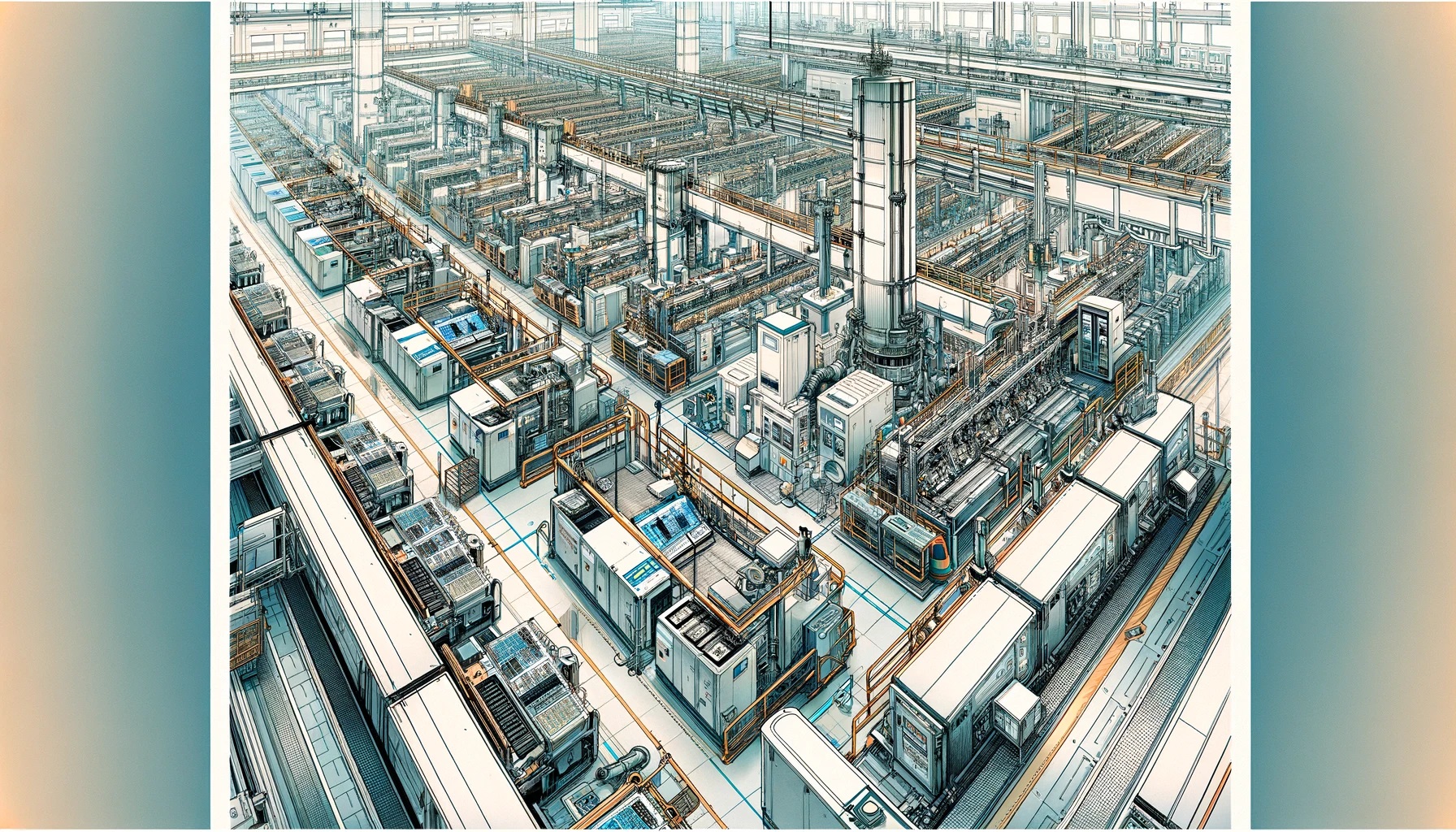The TSMC Kumamoto plant brings new hope to Japan’s semiconductor industry and is expected to have an economic ripple effect. However, it also presents significant challenges related to the environment and labor. Issues such as the use of hazardous chemicals, the burden on the local environment, disparities in treatment, and health risks for workers have emerged. A deep understanding of and comprehensive measures against these issues are essential to ensure corporate social responsibility and sustainability. This text will explore these challenges in detail, searching for the “shadow” faced by the TSMC Kumamoto plant and the sustainable “light” beyond it.
The TSMC Kumamoto Factory is a facility established by Taiwan Semiconductor Manufacturing Company (TSMC), the world’s largest semiconductor manufacturing company based in Taiwan, in Kumamoto Prefecture, Japan. This factory plays a significant role in the semiconductor industry both within Japan and internationally, with its scale and economic impact being profound.
Role in the Semiconductor Industry: The TSMC Kumamoto Factory is at the forefront of semiconductor design and manufacturing technology, playing a central role not only within Japan but also in the global semiconductor industry. Semiconductors are essential components in all modern electronic devices, and their demand is increasing daily. Facilities like the TSMC Kumamoto Factory contribute to the advancement of the technology industry by utilizing the latest technologies to supply high-quality semiconductors reliably. The factory is also crucial for the revival of Japan’s semiconductor industry.
Scale and Economic Impact: The scale of the TSMC Kumamoto Factory is immense, with a significant economic impact. The construction and operation of the factory have brought substantial investment to the local economy and created numerous jobs. Additionally, the semiconductors produced are used in various products, including computers, smartphones, and automobiles, supporting the growth of these industries. However, the operation of such a large-scale factory also has various impacts on the local environment and society, presenting a significant challenge in balancing these effects.
The TSMC Kumamoto Factory occupies an important position in the semiconductor industry, necessitating consideration of its environmental and societal impacts. The role it will play in balancing technological innovation with sustainability continues to attract attention.
Reasons for Concern: The TSMC Kumamoto Factory is often described as “troublesome” due to its environmental impact and labor issues, highlighting potential risks to the local community and workers.
Environmental Impact: Hazardous Waste and Environmental Destruction The semiconductor manufacturing process uses a wide variety of chemicals, some of which are highly toxic to humans, necessitating caution. Many of these compounds are kept secret by the semiconductor industry for technological protection, a practice not limited to Taiwanese companies but also reported among South Korean semiconductor firms. The use and impact of these hazardous chemicals are a concern for both the environment and worker health.
Labor Environment Issues: Disparities in Treatment and Health Risks Concerns also exist regarding the labor environment at the TSMC Kumamoto Factory, particularly regarding disparities in treatment between Taiwanese and Japanese workers and the serious health risks associated with exposure to hazardous chemicals used in semiconductor manufacturing. These factors contribute to the factory being considered “troublesome.”
These issues are not unique to the TSMC Kumamoto Factory but are common challenges across the semiconductor industry, highlighting the importance of addressing environmental impacts and labor conditions for the industry’s sustainability.
Solutions for Environmental and Labor Issues: To address these challenges, sustainable solutions include strict regulations and monitoring of hazardous chemical use, improvement of labor conditions, strengthening collaboration with local communities, and promoting sustainable technological innovation. These solutions are crucial not only for the TSMC Kumamoto Factory but for enhancing sustainability across the semiconductor industry, requiring cooperation among companies, governments, and communities.







